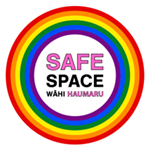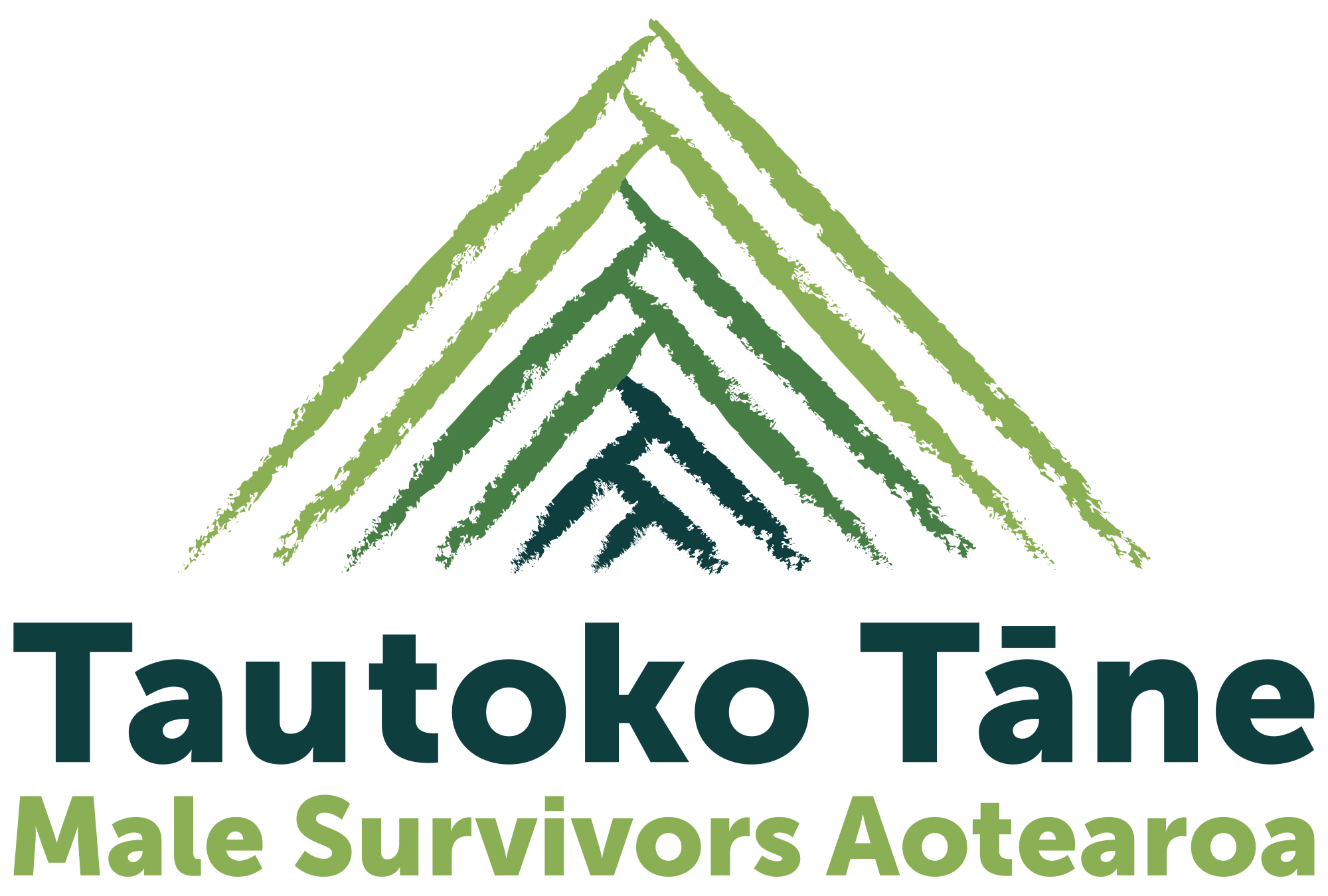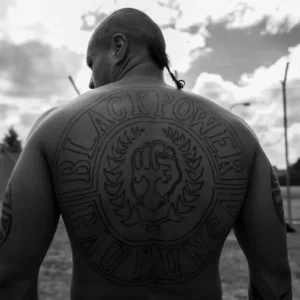Warning: This story deals with the topic of suicide.
The number of suicides in New Zealand has reached its highest-ever level, with 685 people dying in the year to June 30.
That compares to the 2018 road toll where 377 lives were lost.
Published in
Stuff
Chief Coroner Judge Deborah Marshall released the provisional suicide statistics on Monday afternoon, showing there were 17 more deaths than in the previous year – an increase of 2.5 per cent.
There has also been an increase in the numbers of young people dying by suicide, particularly those in the 15 to 19 year age group, where numbers rose from 53 to 73 over the same period.
In the 20 to 24 year age group, the numbers of people who took their own lives grew from 76 to 91.
In the past decade, the number of suicides has risen 29 per cent, from 531 deaths in 2008/09, compared to 685 in 2018/19. In the same period the rate of suicides per 100,000 peple went from 12.04 to 13.93 – up 15.7 per cent.
Men continue to be more at risk, with 68 per cent of the deaths this year men.
There was also an increase in suicide statistics amongst Māori and Pacific Islanders.
The Māori rate rose from 142 to 169 deaths, whilst the Pacific Island figures rose from 23 to 34 deaths.
‘HORRENDOUS RESULT’
Mental Health Foundation chief executive Shaun Robinson said the number of suicides was “a really horrendous result”.
“Over 680 deaths is just horrible. The fact these numbers continue to go up is just shattering.
“It’s particularly shattering because there are things we can do. There is a small army of people out there doing that mahi right now.
“The time has passed to raise awareness of suicide and raise awareness for suicide prevention.”
ONE OF OUR BIGGEST LONG-TERM CHALLENGES
The Government will announce details about the establishment of a Suicide Prevention Office and a new suicide prevention strategy in the coming weeks, according to Health Minister David Clark.
“To all those whānau and communities I want you to know we’re working hard to improve our mental health services,” Clark said.
Prime Minister Jacinda Ardern said she was “disappointed” there was an increase in the number of people who lost their lives to suicide last year.
During her post-Cabinet press conference on Monday she said suicide was one of “our biggest long-term challenges as a nation, not just as a government”.
When asked whether a target would work to help drive suicide rates down, Ardern said she was concerned, as was Cabinet, that a target would imply “we have a tolerance for suicide, and we do not”.
“There is no question our suicide rate is too high, and there is no question as a Government we need to put our all into turning that around”.
It’s a “huge challenge,” she said.
Chief censor David Shanks said no one agency can solve suicide, “but perhaps if we combine our efforts we can make a difference and turn this around”.
“We think the evidence is growing that care needs to be taken in how the media treats suicide… how suicide is treated in movies and films.”
Shanks also called on parents to pay attention to what their children were watching.
Te Rau Ora chief executive Dr Maria Baker said the statistics illustrated the urgency around the need for Māori suicide prevention measures.
“Māori are key to the solutions needed in our communities.”
Judge Marshall said the reasons people take their own lives were numerous and depend on many factors. “Their early life experiences at home and at school; their employment status; their mental health; their economic and health status; their sense of belonging; their sense of purpose.
“It’s up to all of us to look out for our family, friends and neighbours – to ask how they’re going and coping with pressures in life, and offer our support, to offer hope. Because there is hope.”
Alongside Te Rau Ora, the Mental Health Foundation and Le Va issued a joint statement on Monday, calling for urgent action to address suicide.
After many years of sustained conversation about suicide prevention, the three groups said many New Zealanders would be wondering why suicide rates were not decreasing. They also said the release of the figures could be painful, and encouraged people to check in with those affected by suicide.
While the number of suspected suicides for 2018/19 was the highest recorded, the suicide rate – the number of people per 100,000 who die by suicide – was still not as high as it was at its peak in the late 1990s.
“New Zealand came together to really address suicide when we faced our highest suicide rates in the 1990s,” Robinson said.
“We can do it again.”
EVERYWHERE IS AFFECTED
While every area had recorded suspected suicides, the highest number was in Auckland.
The figures include a regional breakdown by district health board (DHB) area.
The area covered by the three Auckland DHBs – Waitematā, Auckland and Counties Manukau – accounted for 190 suspected suicides.
The Waitematā DHB area had the highest number of suspected suicides, with 87. This was followed by the Canterbury DHB area, with 74 suicides, down from 87 last year.
The areas with the lowest number of suspected suicides were the West Coast DHB, with 2, and Wairarapa, with 8.
WHERE TO GET HELP:
1737, Need to talk? Free call or text 1737 any time for support from a trained counsellor
Lifeline – 0800 543 354 or (09) 5222 999 within Auckland
Youthline – 0800 376 633, free text 234 or email talk@youthline.co.nz or online chat
Samaritans – 0800 726 666
Suicide Crisis Helpline – 0508 828 865 (0508 TAUTOKO)
What’s Up – 0800 942 8787 (for 5–18 year olds). Phone counselling is available Monday to Friday, midday–11pm and weekends, 3pm–11pm. Online chat is available 7pm–10pm daily.
Kidsline – 0800 54 37 54 (0800 kidsline) for young people up to 18 years of age. Open 24/7.
thelowdown.co.nz – or email team@thelowdown.co.nz or free text 5626
Anxiety New Zealand – 0800 ANXIETY (0800 269 4389)
Rural Support Trust – 0800 787 254 (0800 RURAL HELP)
Supporting Families in Mental Illness – 0800 732 825
By Katarina Williams, Felix Desmarais and Hannah Martin
Published in Stuff
26 August 2019




